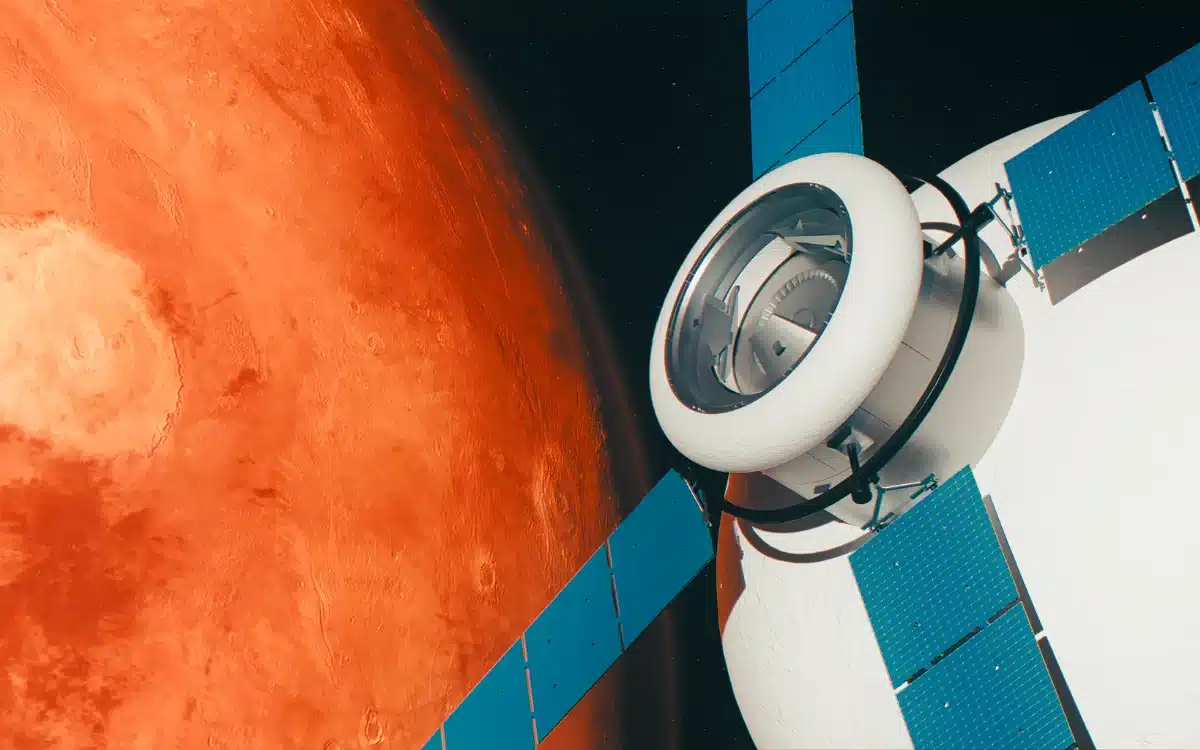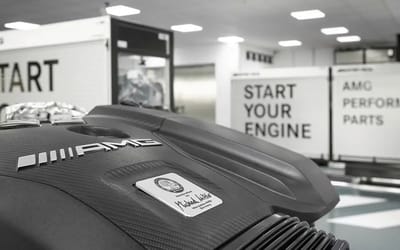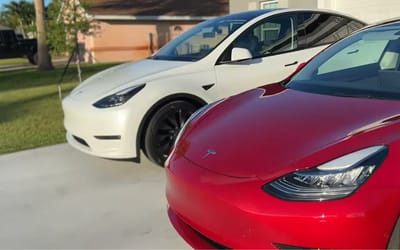What our very first home on Mars could look like
- New tech could be providing new habitats for human outside of Earth’s atmosphere
- It’s hoped to reduce the costs of putting habitats in orbit or on planetary surfaces – like the Moon or Mars
- The material it’s crafted from is said to be stronger but lower mass than metal – but, as yet, remains a mystery
Published on Apr 22, 2024 at 8:25 PM (UTC+4)
by Amelia Jean Hershman-Jones
Last updated on Apr 24, 2024 at 2:49 PM (UTC+4)
Edited by
Tom Wood
Is it a bird? Is it a plane? No, it’s a massive space balloon – and it could be our first home on Mars.
A new concept in space exploration, inflatable space habitats are really taking off – pun intended – not that private space pioneers are making space cheaper and more accessible.
Currently, the United States’ International Space Station (ISS) alongside Russia, and their partners, as well as the Chinese Tiangong are housing humans beyond Earth’s atmosphere.
READ MORE! NASA’s James Webb Telescope uncovers revelation that suggests we’ve misunderstood the universe
Both of these crafts involved large metallic components being sent into orbit from Earth ready to be used and assembled in orbit.
Previously metal was the only habitat we knew was strong enough to withstand harsh conditions in space.
This limits the size of the station and makes it a costly operation.
The oldest orbital craft, ISS required 30 separate launches over ten years and, including running costs, has surpassed $100 billion to build.
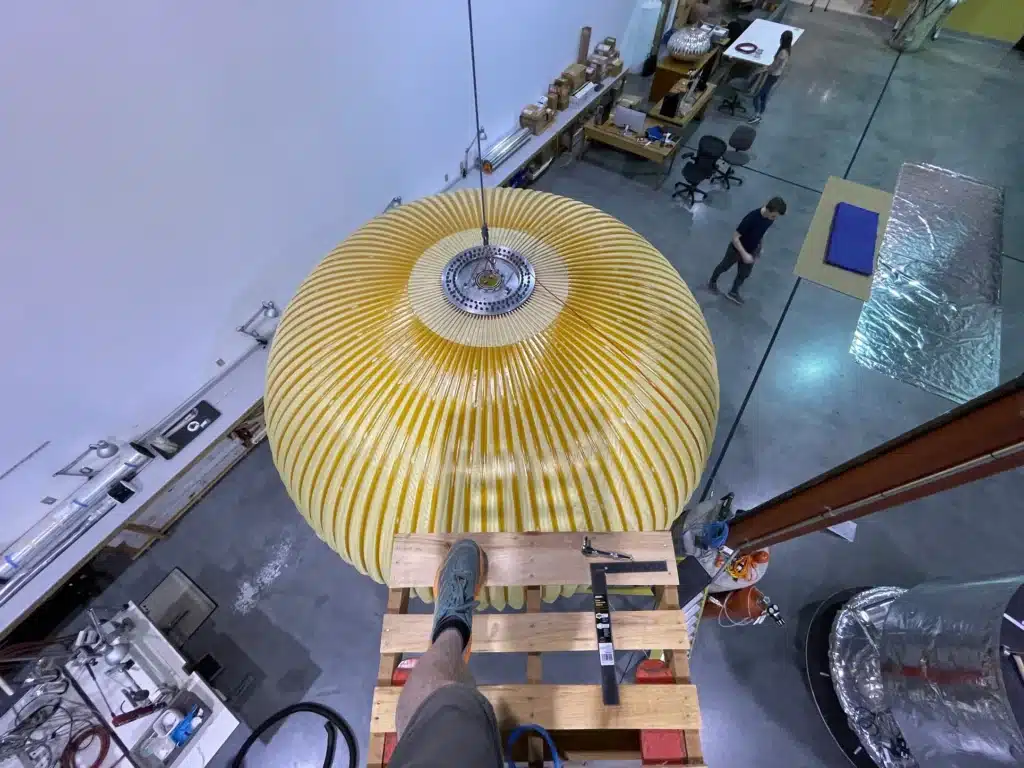
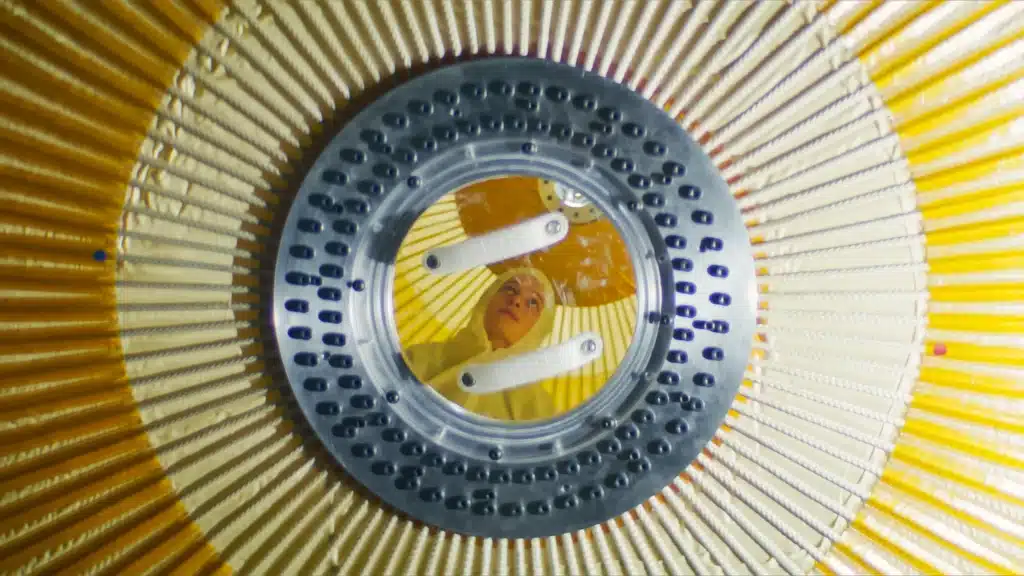
However, it allows just seven people to stay in the 935 cubic meters (33,023 cubic feet) at a time.
The Tiangong required 11 missions at $8.2 billion for three astronauts to live in a pressurized 340 cubic meters (12,000 cubic feet).
Alongside projects like Jeff Bezos’s Blue Origin, which has passed key tests to build a space station for astronauts and tourists, there’s some more groundbreaking technology set to make a difference.
Enter inflatable space stations that can be deployed in a single mission for a fraction of the cost.
Lockheed Martin, Airbus, and a series of startups – including Max Space – are currently developing the technology.
Max Space’s experienced founders are planning something much larger than the inflatable space habitats they’ve worked on previously.
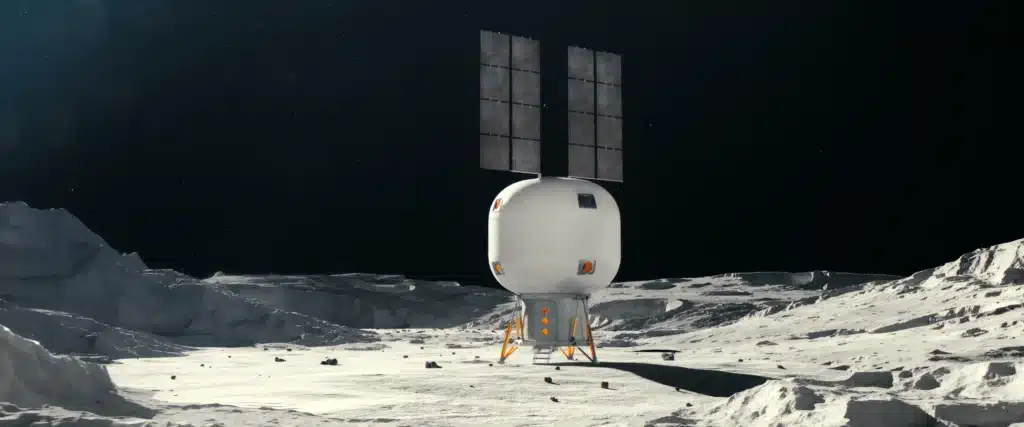
This station will have a pressurized volume of over 10,000 cubic meters (353,000 cubic feet).
More than enough to establish permanent human outposts both in space and on the surface of planets – like the Moon or Mars
The tech was announced at the 39th Space Symposium which took place at the beginning of the month in Colorado Springs, US.
The expandable architecture ‘decomposes’ the pressure shell into uncoupled structural elements, allowing it to be sent on a single mission at a cost of $1 billion.
The shell is made of an undisclosed material that is ballistic grade and stronger than metal, with a lower mass.

It has a tensile strength of 28,800 pounds and a maximum burst limit of 69 pounds of force per square inch.
In 2026 the first test flight of the tech is scheduled to blast off with the help of a SpaceX rocket.
Next, Max Space plans to produce an entire range of crafts from 20 cubic meters to 1,000 cubic meters (706 to 35,000 cubic meters).
It looks like life in space is about to blow up.
Want to hear more? See the ISS crew return to Earth and be extracted from the capsule in this incredible footage.
DISCOVER SBX CARS: The global premium car auction platform powered by Supercar Blondie

All Supercar Blondie contributors undergo editorial review and fact-checking to ensure accuracy and authority in automotive journalism. After gaining her BA Hons in French and English at the University of Nottingham, Amelia embarked on a vocational diploma from the National Council for the Training of Journalists (NCTJ). This led to numerous opportunities, from interning at Vogue to being on the small team that launched Women’s Health magazine in the UK, which was named the PPA Consumer magazine of the year for three years running. As Health, Beauty and Fitness editor, Amelia personally received a Johnson & Johnson Award and was shortlisted for both PPA and BSME titles. Since then, Amelia has created content for numerous titles and brands, including the Telegraph, 111 Skin, Waitrose, Red magazine, Stylist, and Elle, as well as being Head of Content at Vitality and Editor in Chief at INLondon magazine. “My superpower is translating technical jargon about the mechanical workings of a supercar into a relatable story you’ll want to share with your friends after you’ve read it.” After joining the SB Media family as a senior journalist in September of 2023, Amelia’s role has evolved to see her heading up the SEO output of the editorial team. From researching the most ‘Google-able’ key terms to producing evergreen content - it’s been a time of hard work, growth, and success for the editorial team and the Supercar Blondie website. “I like to think of myself as a ‘method journalist’. In other words: I live and breathe whatever I am writing about. When writing about fitness, I trained as a personal trainer, and as a beauty editor, I completed an ‘expert’ in scent diploma with the Fragrance Foundation. “During my tenure at Supercar Blondie, however, I did something I never thought possible: I passed my driving test at the age of 36. One day I’d love to train as a mechanic to better understand what happens under the hood, too. “My sweet spot is providing readers with a ‘takeaway’ (read: something new they didn’t know before) after reading every one of my stories. While I don’t claim to be an expert in the automotive world, I know the experts and bodies in the field to rely on to provide our readers with an informative and thought-provoking story every time they visit the site.”
